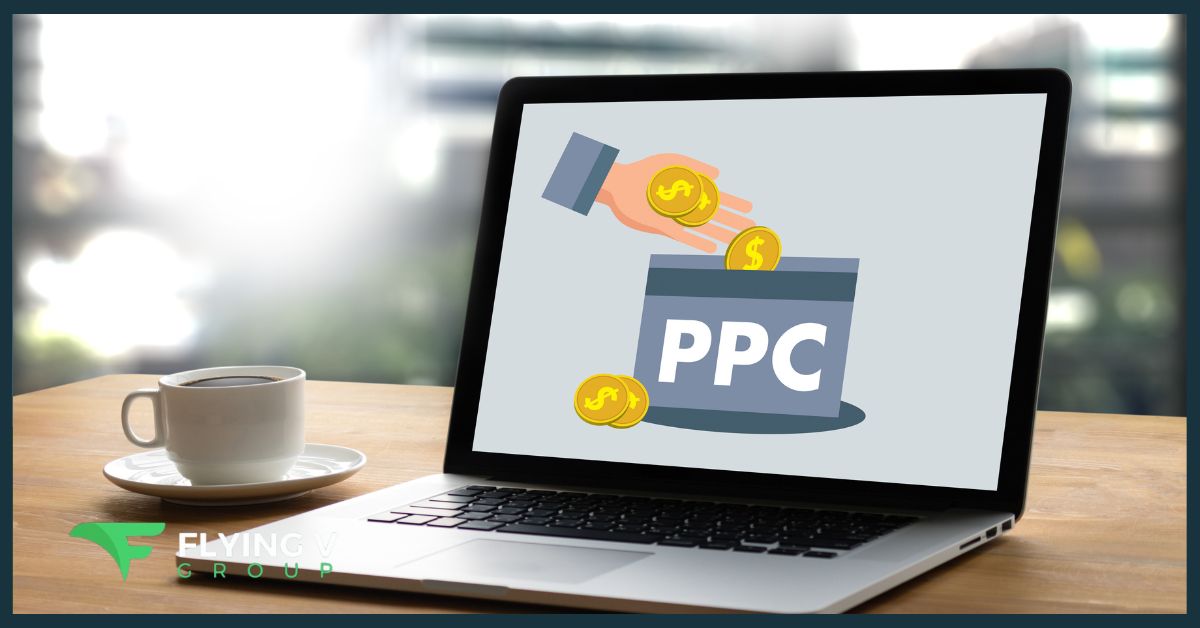As a business owner or digital marketer, it’s more than likely that you’ve heard of Paid Ads and Pay-Per-Click (PPC) Advertising. And rightfully so, because it’s one of the more popular digital marketing strategies that any brand or business can employ – especially when you’re after leads and conversions.
The use of Google Ads Management, for instance, has allowed many agencies, marketers, and hands-on business owners give their brands a boost when it comes to their online presence and overall digital marketing efforts. By increasing traffic to their business’s website, they are also improving their conversion rates, too, and through Google’s paid ads, every dollar spend is only consumed with every click on the ad.
That said, with the multiple digital marketing strategies that you, as a business owner, can employ, how do you know if you’re managing your marketing budget accordingly? And before we delve deeper into the other spheres of digital marketing such as SEO and social media – which are strategies that can serve as prerequisites for a successful PPC campaign – let’s focus on how to manage your paid ads budget first.
Understanding How PPC Campaigns Work
Before you can successfully manage your PPC budget, you’ll first need to understand the basics of PPC marketing. So, how does Google’s Paid Ads work?
Basically, you first begin with the creation of your post or ad, and the gist of Google’s PPC advertising is that you get the opportunity to bid for search keywords, which are relevant to your business. So, with every targeted keyword used in a relevant search via Google, your ads are then shown to the user through the search engine results page (SERP). And as the name implies, “Pay-Per-Click Advertising,” there is no cost charged to your marketing budget for visibility – you are only charged for every click on your ad.
Now, is that giving you ideas? It should because PPC marketing requires a careful and strategic approach that can deliver highly impactful results, such as faster return on investment (ROI). Working with a limited budget, however, makes it a tad challenging, which is why managing your marketing spend for paid ads can only be more crucial to the success of your business goals.
9 Tips from Google for PPC Management
Google understands how much of the world is now reliant on the internet. Whether it’s to quell curiosity, provide directions, or find a service or product, search marketing is a valid and viable strategy in reaching your audience. However, with the potential of reaching an audience a thousand times larger than before, how can you efficiently manage your budget for paid ads?
Here are nine basic tips c/o of Google Ads:
- Know how Google PPC Ads work and define your business goals, so you know where your money is going and how it is being spent. This also enables you to set and tailor your budget accordingly. Once you have an idea of what you want to achieve with a PPC campaign, you can then set up specific campaigns and execute strategies that are directly tied to a fixed budget.
- More relevant data can help you manage your campaign budget better by linking your Google Ads and Google Analytics accounts together. Analytics shows you helpful information on how users interact with your business site and studying this information can help you make adjustments to your strategy. From addressing user behavior, such as interactions and navigations, to making modifications to a landing page, connecting your Google Ads to your Analytics account can raise your ad’s Quality Score and decrease your cost-per-click (or CPC).
- Commit to a budget, because Google Ads allows you to set daily limits to how much of your marketing spend is used, so you won’t have to worry about overspending. Before making any adjustments to your budget, allow significant time to lapse so you have enough data to analyze.
- Don’t rush trying out other avenues, such as Google Display Network, especially when you’re on a limited budget. Because while display ads can reach more users online, conversion rates are also lower, because these ads aren’t targeted the same way search campaigns can reach your audience. Feel free to revisit other options later on.
- Try targeting specific locations, especially if you have a physical store. You can configure and reconfigure your ad’s targeting settings to focus on a specific region, city, or area, which allows you to make the most of your marketing spend. You can also make use of Google Analytics to study which areas geographically have the most traffic and conversions to your site. By focusing on a specific location, your paid ads can effectively reach an audience that can immediately transform to customers.
- Try targeting a lower position in the SERPs, because depending on where your potential customers are in the sales funnel, ranking in the top four spots does not assure cost-effective clicks. You might get more traffic through your paid ads with higher rankings in the SERP, but are these visitors part of your target market? They might be randomly searching and browsing. With a lower position in the SERP, you get to avoid these useless clicks, still have the opportunity for traffic (albeit not as voluminous), and enjoy lower CPC’s.
- Try targeting long-tail keywords to enjoy lower average CPC’s and reach an audience closer to the decision stage in the buyer’s journey. While root keywords are more popular and offer a wider reach, long-tail keywords are more specific, which means your ads have better chances of reaching the users who are keener on spending. With Google Ads, you have access to the Keyword Planner tool, which enables you to find the long-tail keywords that fit your PPC campaign.
- Create and launch specific campaigns, instead of focusing all your marketing spend on a single PPC campaign. Depending on the number of services or products that you want to offer, you can create a campaign for every sub-page or category on your business’s website. This enables you to spread out your marketing spend better and set a budget for every campaign, effectively allowing you to pivot as you see fit.
- Monitor performance and adjust your strategies by tracking the results of your PPC campaigns, analyzing the results, and discovering where you can make changes and improvements. With the use of both Google Ads and Google Analytics, you can run A/B tests and refine your strategy towards meeting the business goals you’ve identified.
On Budgeting and Spending Wisely
Take note that with PPC advertising, you can easily tell if your campaign is working. The better the results are and the less of your budget is spent, the closer you are to achieving your business goals.
It also helps to remember that there is no one-size-fits-all solution when it comes to marketing, whether traditional or digital. It is a long-term goal and a continuous process, so as a business owner or marketing professional, it is crucial that you know what you’re doing right and where you’re making mistakes in your campaign.
With these nine basic tips on managing your marketing budget on Google Paid Ads, you won’t have to waste resources as a veiled attempt at trial and error, because you already know how to be careful in allocating your marketing spend. Through the implementation of the right strategies, any investment in an online marketing campaign, such as paid ads, can help your business reach its goals through the calculated and educated spending of your marketing budget.
Don’t hesitate to contact us for any questions and stay tuned for more insightful blogs on business and digital marketing today.
SHARE THIS POST
Thank you so much for reading Paid Ads 101: How to Use Your Spend Budget Wisely . We really appreciate it! If you have any questions about our article, or can suggest any other topics you think we should explore, feel free to let us know.
Be sure to sign-up for our newsletter to receive monthly emails on all of the latest trends and happenings in the digital marketing space. You will also receive our FREE E-Book with the Amazing Marketing Tools for Powerful Business Growth. Sign-up below!
Also, if you received some value out of this article, please share with your friends or colleagues, or leave a comment/question below. We really appreciate you reading our blog and every share/comment means the world to us and allows us to continue producing valuable tools to help you grow your business!






0 Comments